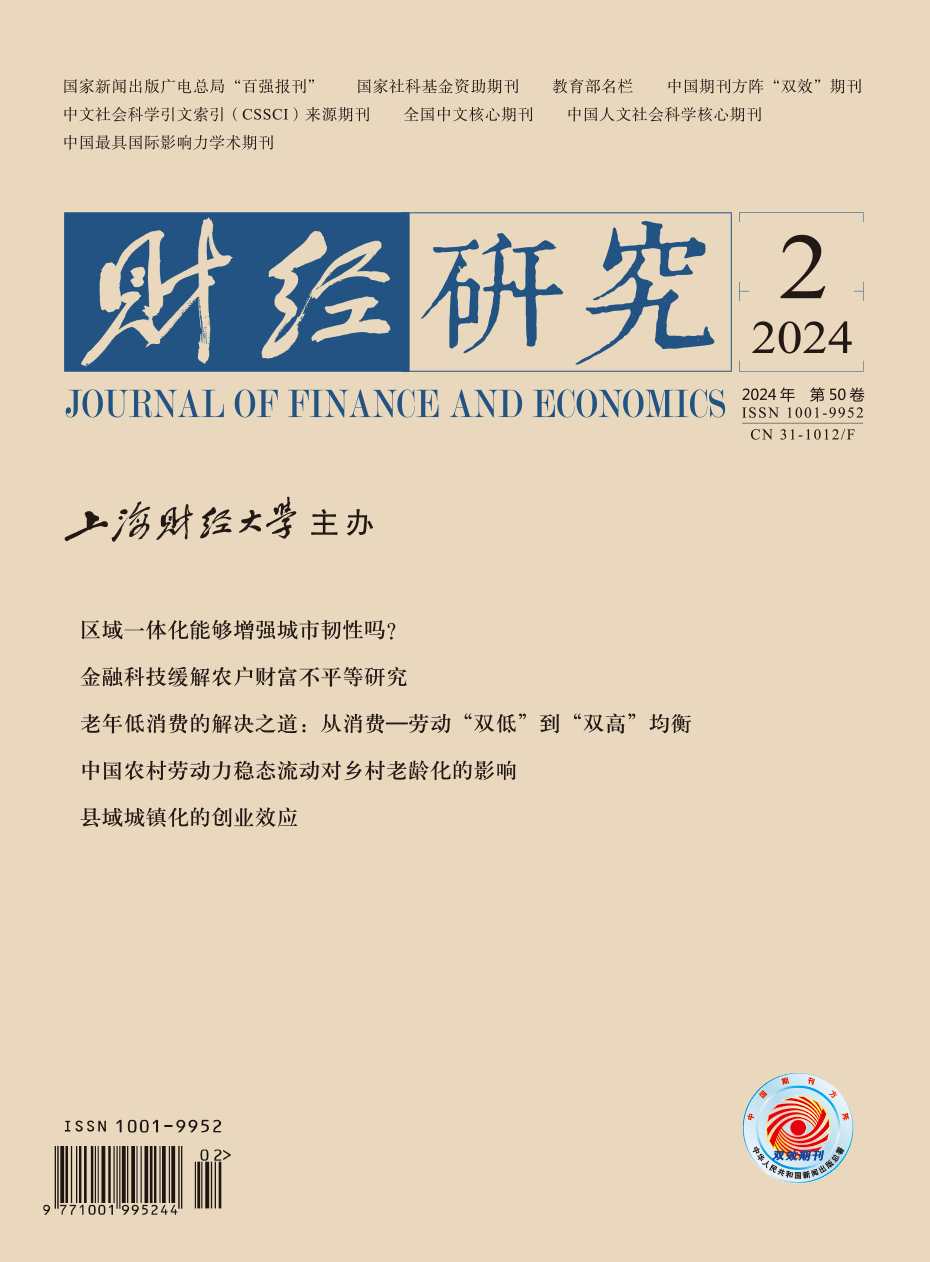Elderly preference policies are public policies designed for the public service needs of the elderly group, which directly concern the health and quality of life of the elderly. This paper is the first to conduct a comprehensive empirical study on China’s elderly preference policies from an economic perspective. It focuses on examining their impact on the physical, mental, and social health of the elderly, proposes and tests the four mechanism channels of economic effect, service effect, identity effect, and social interaction effect, and conducts a cost-benefit analysis from a health perspective, enriching the existing literature on the implementation effectiveness of elderly preference policies.
Using the staggered DID model, this paper finds that elderly preference policies significantly improve the self-rated health status of the elderly, reduce the risk of depression, and enhance social adaptability and life happiness. Mechanism analysis shows that the policies mainly improve the physical and mental health level of the elderly by enhancing their consumption ability and optimizing their consumption structure, improving the accessibility of public services, creating a social atmosphere of respecting and caring for the elderly, and providing more social interaction opportunities. Heterogeneity analysis finds that rural and low-educated elderly groups can obtain greater health benefits, and in cities with better public service conditions, the policy effect is more prominent. This paper also explores the implementation of local elderly preference policies, and finds that some regions still have household registration restrictions. But even for the elderly with non-local household registration, the policies also show a significant physical and mental health improvement effect, which may be related to the local good social atmosphere and rich social interaction.
The cost-benefit analysis shows that as long as the annual special fiscal input for elderly preference policies is controlled within a certain level, the policies can achieve significant positive benefits. The conclusions of this paper provide strong evidence support for the decision-making level to expand and improve the current elderly preference policies, and provide policy implications from the aspects of differentiated service supply, improving regional fairness, and easing household registration restrictions.





 2054
2054  2478
2478

